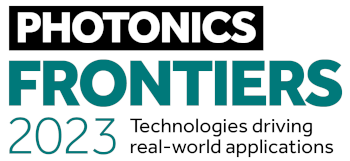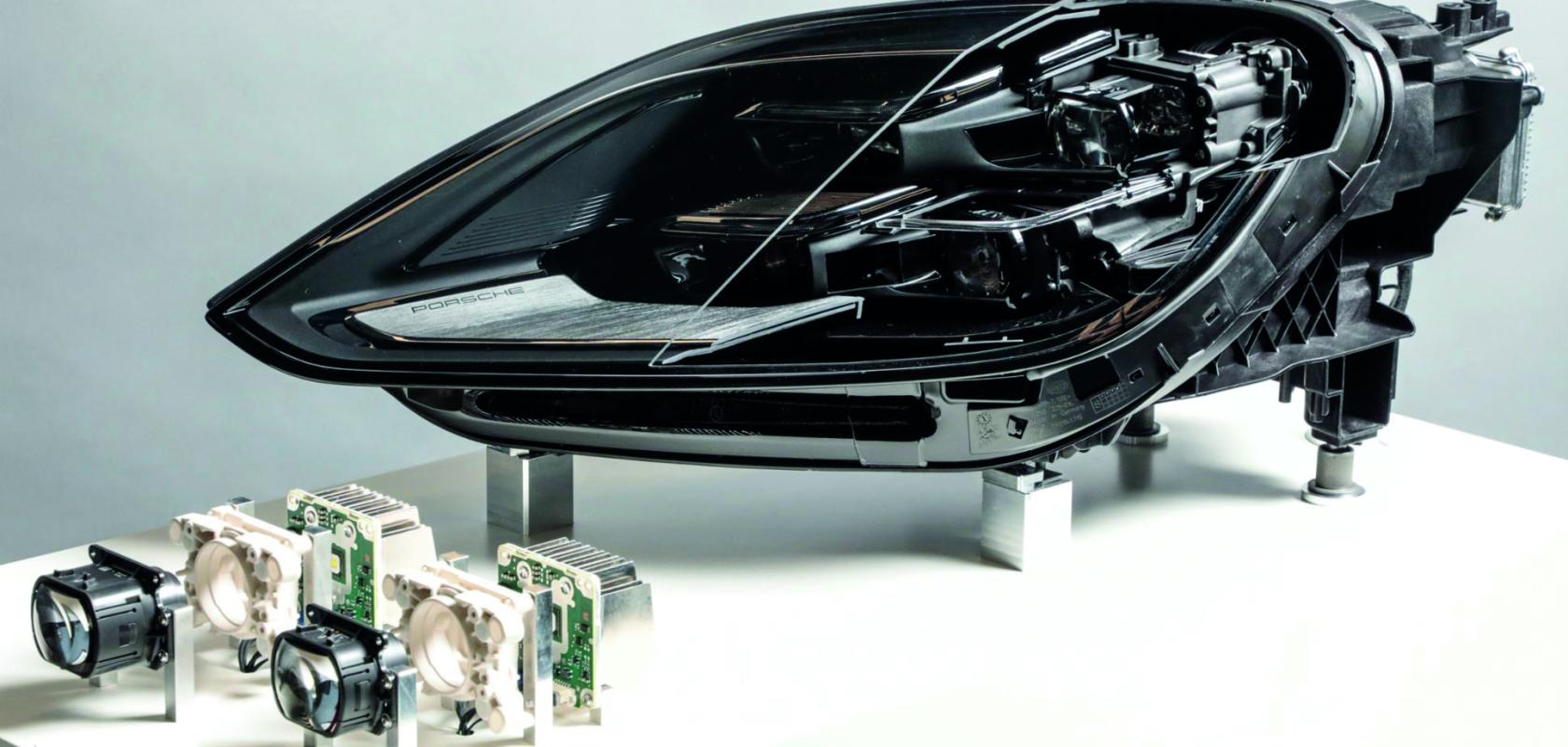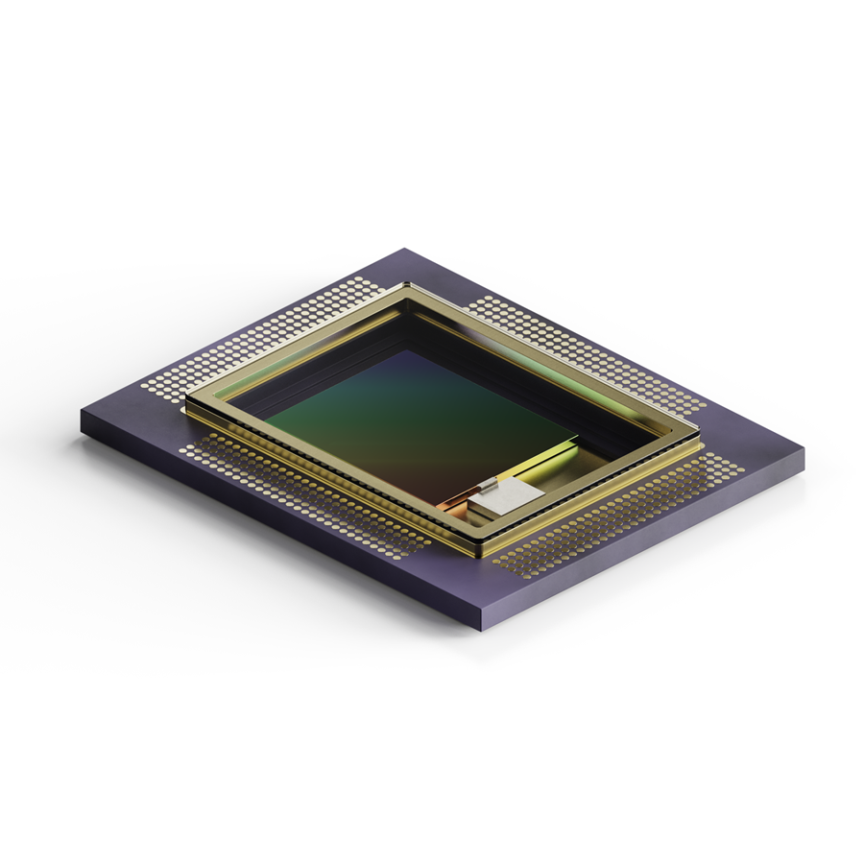Lighting can vastly improve the look, feel and function of a vehicle, which is why carmakers have looked towards illumination innovations in recent years in their bid to stand out from competitors. Matrix headlights, which incorporate microLED chip technology, are one such innovation.
Porsche’s HD matrix technology, launched in 2022, combines more than 16,000 individually controllable microLEDs onto a chip, a result of more than 25 filed patents. Of these LED chips, two are used for each headlight – four per vehicle – creating light distribution up to twice as bright as previous systems. And, because the headlights only activate the pixels that are needed at any given moment, they consume considerably less energy than other high-resolution systems.
Each headlight contains four light modules, each complemented by a narrow daytime running light strip above the module, which trace the brand’s characteristic four-point design. The two upper bi-functional modules are identical and provide the courtesy lighting and auxiliary high beam with three LEDs each.
The two lower light units each feature an identical LED array with integrated LED driver (ASIC) that generates a high-resolution luminous flux in an area of 12.8 x 3.2mm. The system controller – comparable to a powerful graphics card – activates and controls the brightness of each of the 16,384 individual light-emitting diodes per LED array in 1,024 steps. Different lenses, each with specifically ground optical glass, complete the two HD modules.
The lenses produce different illumination angles. The wide-angle lens of the outer HD matrix module’s ‘illumination’ covers an angle of 40 degrees of width by 10 degrees of height. The inner ‘Performance’ HD matrix module with telephoto lens radiates the light at 20 degrees by five degrees. Its illumination is therefore only half as high and half as wide, but significantly brighter. The light distributed by the two HD modules overlap in the centre. The new headlight thereby combines wide illumination with high intensity in the central area.
The HD matrix light illuminates the entire 40-degree horizontal and 10-degree vertical range with a luminous flux of over 1,400 lumens. It covers the entire high beam range and begins just in front of the vehicle. The light can be distributed in any way within this area and this flexibility makes it possible to improve existing functions and introduce new ones.
No more dazzled drivers with selective high-beam masking
One such function is the non-dazzling high beam, whereby detection of an oncoming vehicle will deactivate the auxiliary high beam. The vehicle is selectively masked out by switching off the corresponding pixels of the HD matrix modules. The energy that this frees up
is converted into additional, functional HD light.
A construction and narrow-lane light reduces the light carpet to the same width as the vehicle to brighten the lane and improve visibility for the driver.
Audi also incorporates matrix technology in its cars, which includes an innovative digital micromirror device (DMD). Around one million micromirrors mounted on a small chip are tilted at a rate of up to 5,000 times per second using electrostatic pulses to generate the various light scenarios via three LEDs.
The Digital Matrix LED headlights, which are optionally available on the Audi e-tron Sportback or its successor the Audi Q8 e-tron, can produce a wide range of light scenarios for various driving situations. The lane light, for example, creates a carpet of light up to 50 metres ahead that dynamically adjusts when the car changes lane. The integrated orientation light shows the vehicle’s position markings and where it is currently located on the road.
The carmaker also integrates matrix OLED technology in vehicles such as the Audi TT RS. Since OLEDs generate the light directly within the actual surface, no light guides or reflectors are needed to distribute the light, which improves the efficiency and weight, Audi says. OLED light achieves a high degree of contrast and can be smoothly dimmed and divided into the smallest segments, which can in turn be assigned different levels of brightness. This creates possibilities for customisable light design with high precision and variability.




